Apple fans have been waiting all year for refreshed versions of the HomePod Mini, Apple TV, and AirTag, but as 2025 winds down, these anticipated updates remain mysteriously absent. The rumor mill has been churning with promises of imminent launches. Still nothing. Here we are in late November with nothing concrete to show for it. What is behind the delay, and should we hold out hope for these ecosystem upgrades before the year ends?
The signs have been pointing toward new releases for months. Apple is reportedly preparing to launch an upgraded HomePod Mini with significant internal improvements and enhanced connectivity options, according to Gadgets 360. Reports suggest Apple may integrate either the S9 or S10 chip, both built on the A13 Bionic architecture, which would deliver substantially faster CPU and GPU performance compared to the current S5 chip, the same S5 used in Apple Watch Series 5, the source indicates. That is a big jump from 2020 hardware to modern processing that can handle complex, real-time tasks with minimal delay.
Where's the evidence pointing to imminent launches?
The clearest indicator that new products are coming soon lies in inventory patterns at major retailers. The HomePod Mini has become increasingly scarce across US retail channels, with several outlets showing limited availability, MacRumors reports. B&H lists all models as discontinued, Adorama has them on backorder, Target shows some colors as out of stock, and Walmart is routing buyers to third-party resellers, according to the same report.
What makes this pattern especially interesting is that Apple itself still has all color options available. That suggests the company is managing its own inventory differently than what it is supplying to retail partners, a classic move when clearing third-party channels before successor products land.
Adding fuel to the speculation, Apple retail employees were reportedly instructed to prep for after-hours changes to store displays and inventory on November 11, Times of India reported. Bloomberg's Mark Gurman suggested stores planned an overnight refresh that evening, with display updates and new product placement for the next day, according to MacRumors forums. Then November 11 came and went without a peep. Holiday merchandising drill, or something that slipped?
What upgrades are actually expected?
The technical improvements rumored for these devices build toward a broader ecosystem upgrade. The next-generation HomePod Mini is expected to debut with Apple's custom N1 wireless chip, which combines Wi Fi and Bluetooth into a single component, Gadgets 360 reports. This chip reportedly supports Wi Fi 6E, bringing faster data, lower latency, and access to the less congested 6 GHz band, the same source indicates.
The performance upside is straightforward. Faster, steadier connections would mean snappier Siri responses, better on-device audio processing, and the headroom to juggle multiple requests without the awkward pause.
For Apple TV, the expected improvements target both performance and value. The upcoming model is rumored to use Apple's A17 Pro chip, with notable CPU and GPU gains, including hardware-based ray tracing for console-quality gaming, Notebookcheck reports. It will reportedly include the same N1 wireless chip with Wi Fi 7 and Thread for improved smart home reliability, aligning it with Apple's Matter ecosystem, the same source notes. The headline grabber, a rumored $99 price tag, according to the report, which would make it the most affordable 4K Apple TV yet, and a stronger play against Roku and Fire TV.
Why the Apple Intelligence connection matters
These hardware updates read as more than incremental. They are positioned as platforms for Apple’s AI ambitions, with a focus on performance and deeper AI integration, Times of India reports. The new hardware is specifically aimed at showcasing upcoming Siri and Apple Intelligence features planned for next year, according to MacRumors forums.
That reframes the devices. The HomePod mini becomes a more capable voice assistant in your kitchen or living room, while Apple TV could deliver smarter recommendations and tighter home automation from the couch.
The AirTag 2 fits neatly into that plan. While it will look identical to the current model, it is expected to add a next-generation ultra-wideband U2 chip with up to three times greater precision finding range, Notebookcheck indicates. Battery life notifications are also expected, so you would get an alert before a tag dies, the same source reports. No more discovering a dead battery when you are already late and your keys have vanished.
What's really behind the delay?
The reality check comes from Apple’s own messaging. Tim Cook’s recent earnings call remark about being "excited to share our most extraordinary lineup of products as we head into the holiday season" suggests Apple considers its current 2025 lineup complete, 9to5Mac notes. That language points away from major new products before year’s end, despite retail turbulence and forum chatter, according to the same analysis.
Strategy-wise, it tracks. While a November launch was once on the table, an early 2026 release now looks more realistic, Times of India reported. Apple seems intent on shipping these devices with Apple Intelligence and Siri improvements fully baked, not half ready.
The products are expected to be modest refreshes rather than major redesigns, which usually allows flexible timing, the same source indicates. Still, because they will help debut next-generation AI features, Apple likely wants the software experience to be compelling before rolling out hardware built to show it off.
What this means for the Apple ecosystem
PRO TIP: If you are considering current-generation Apple TV or HomePod Mini devices, the substantial upgrades expected in the refreshed models, especially AI integration and connectivity, might be worth waiting for.
Bottom line, the hardware upgrades on deck look real and substantial, but Apple’s timing favors long-term ecosystem strategy over quick hits. The company has announced products in December before, including multiple Mac Pro models, the Pro Display XDR, and AirPods Max, MacRumors notes. Given current inventory patterns and executive statements, early 2026 now feels more likely than surprise holiday drops.
When these devices do arrive, they will be more than spec bumps. They will show Apple’s vision for how AI and smart home tech should work together. With more processing power and stronger wireless, the promise of a truly intelligent home starts to feel less like a pitch and more like daily life.
The key takeaway, Apple seems willing to trade immediate gratification for a stronger shot at owning the AI-powered home. If the payoff is a cleaner, smarter experience with Siri and Apple Intelligence, the wait might be the right call.




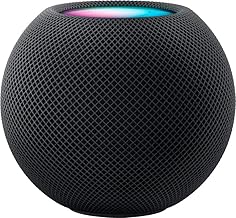


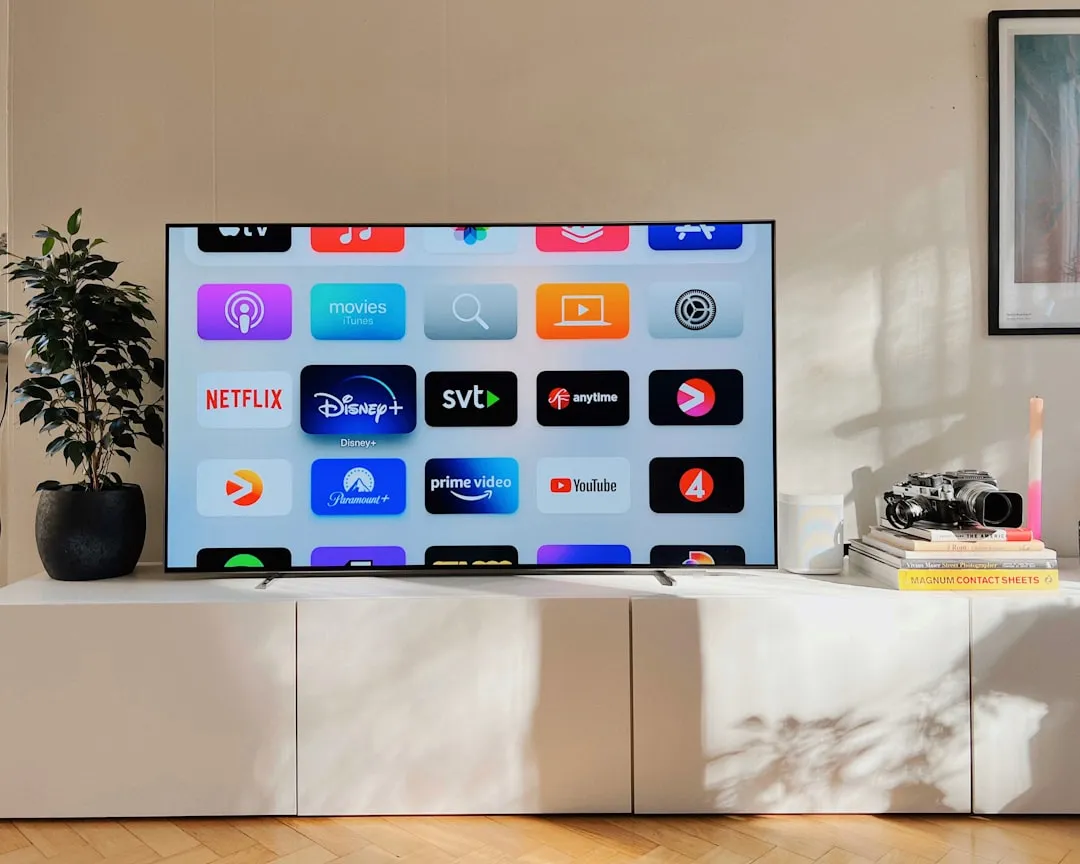

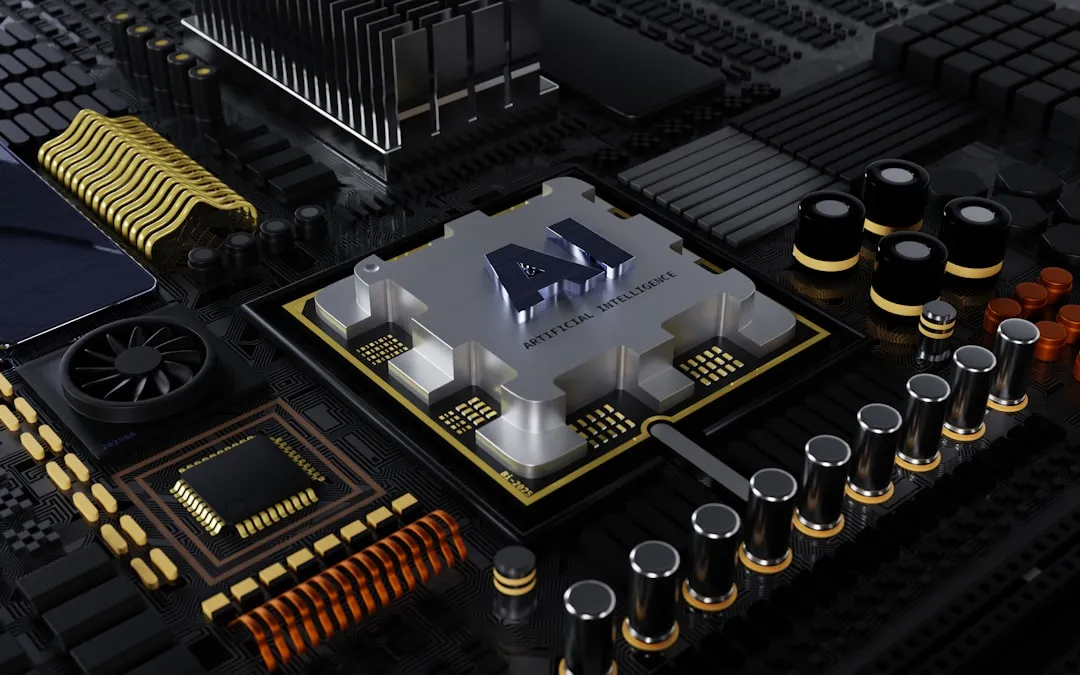
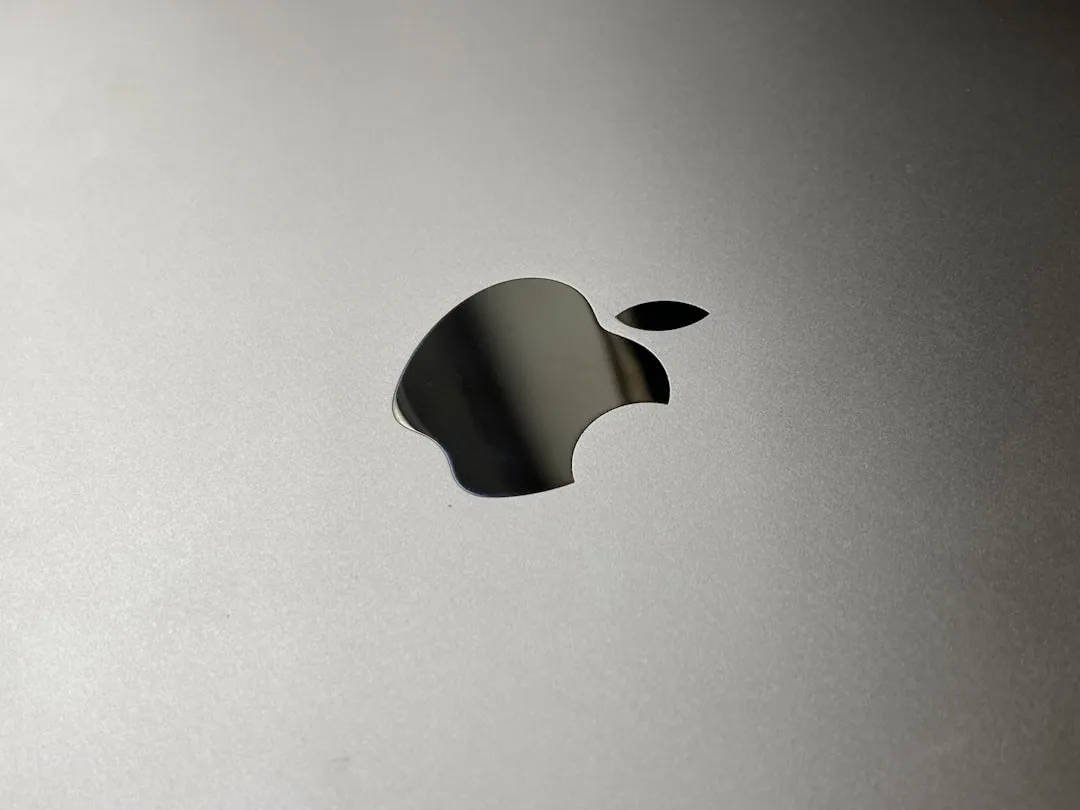
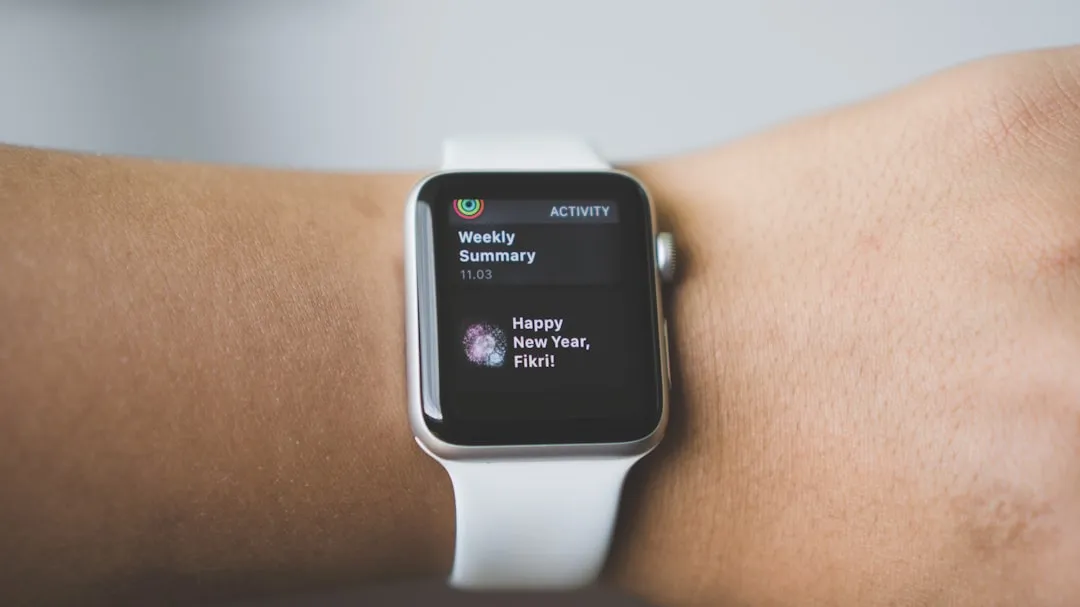
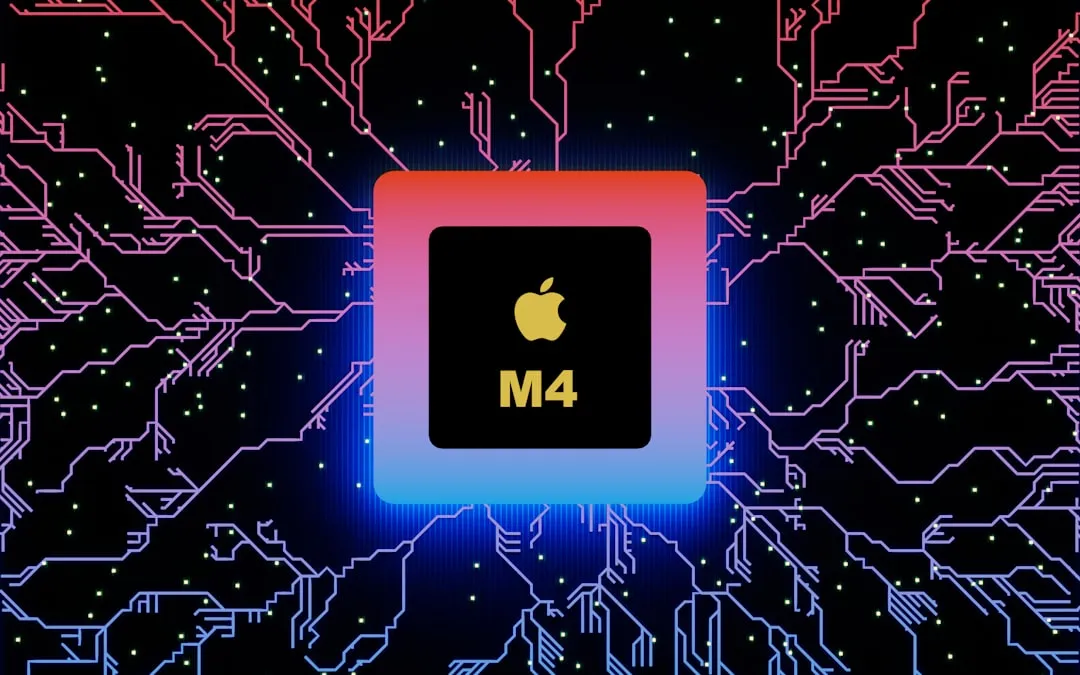






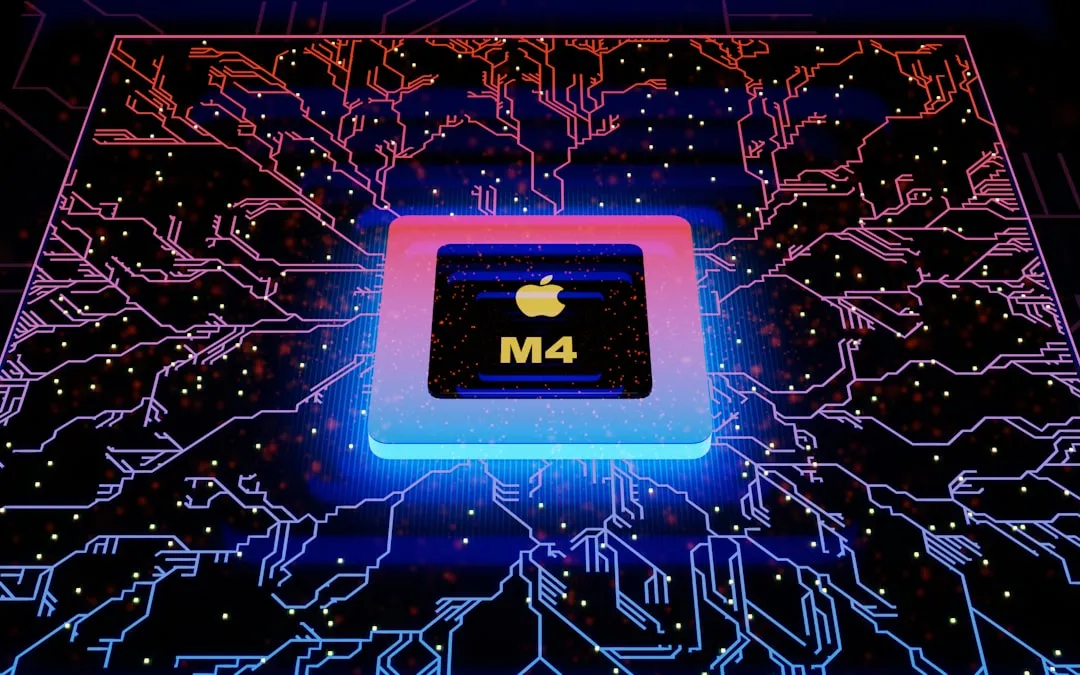


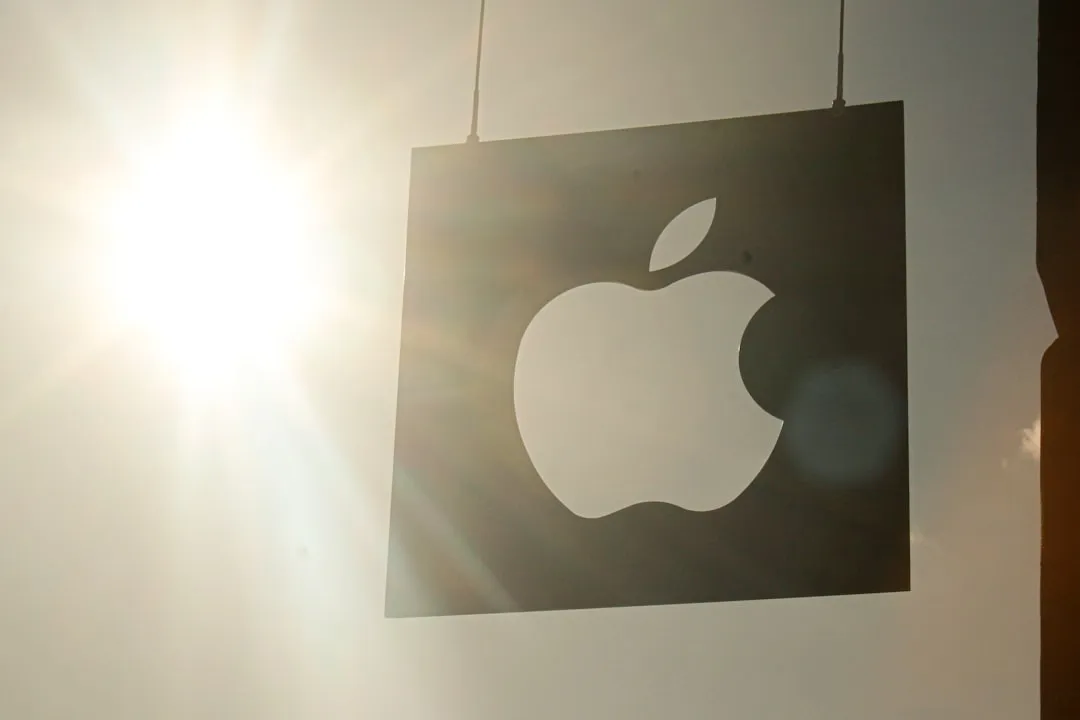
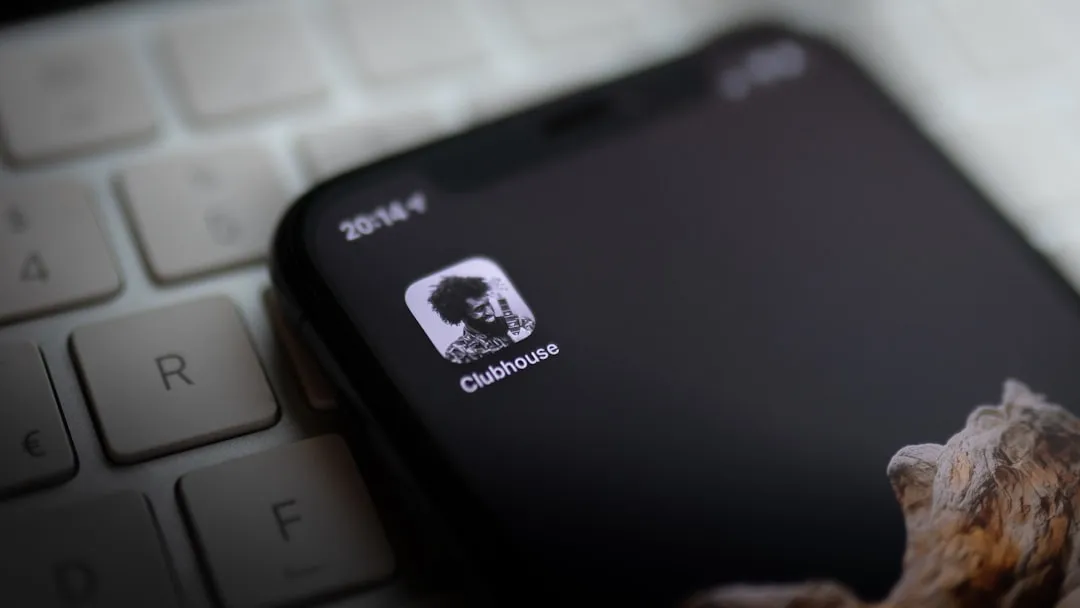
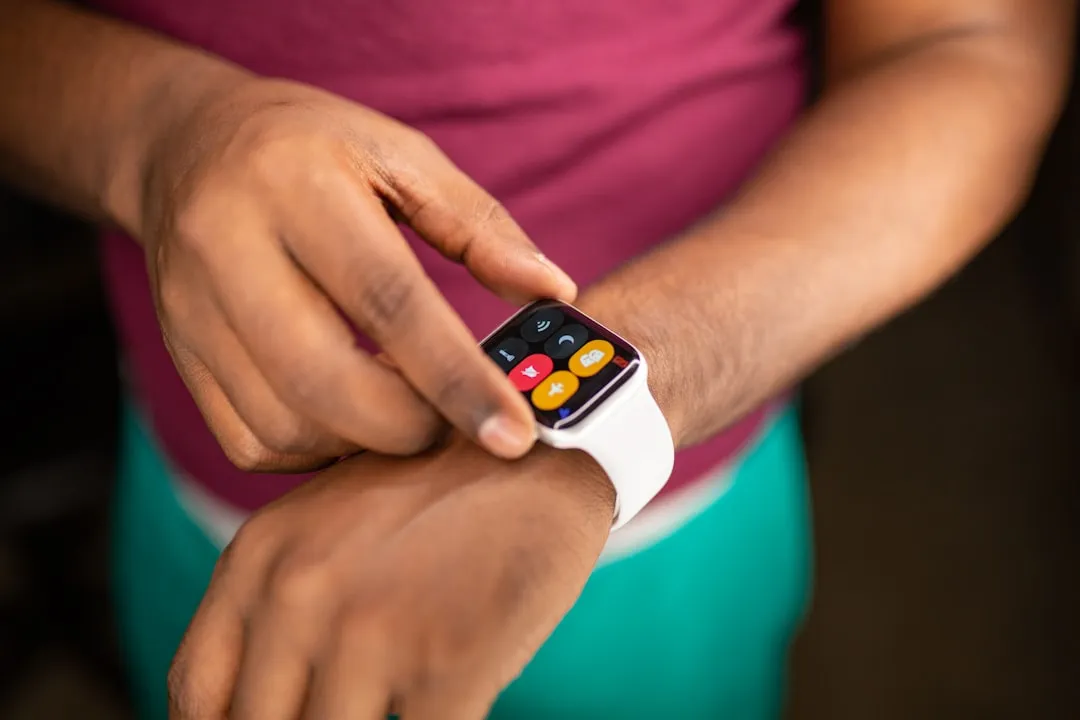

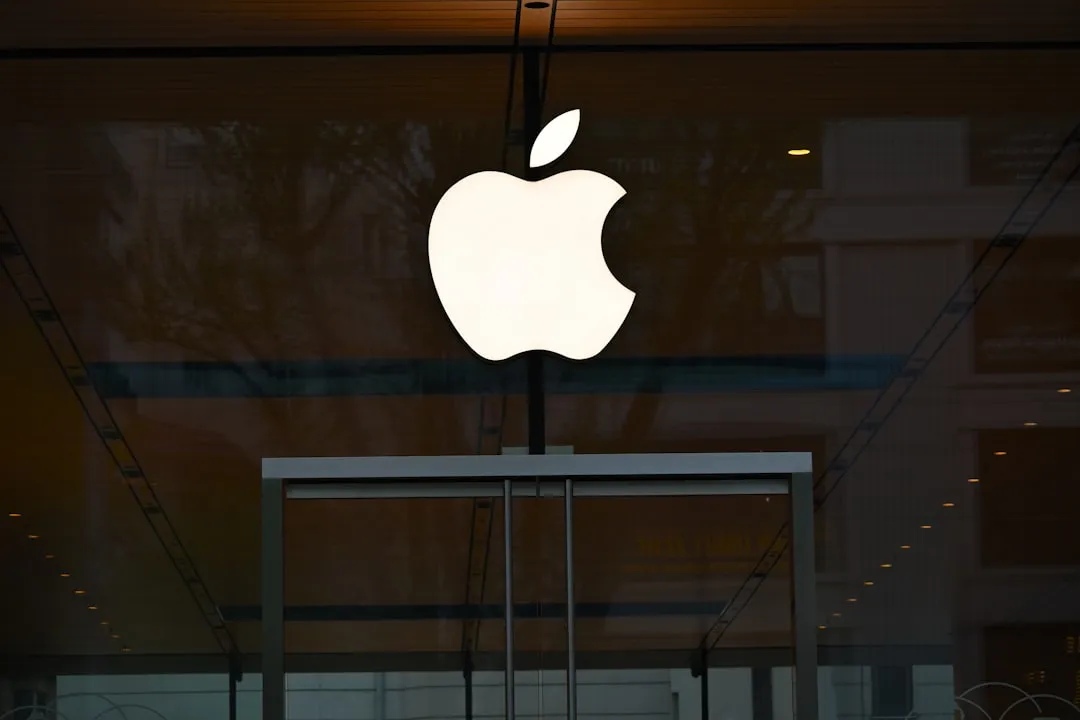

Comments
Be the first, drop a comment!